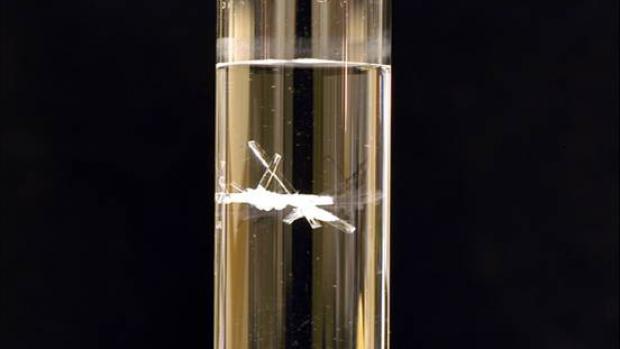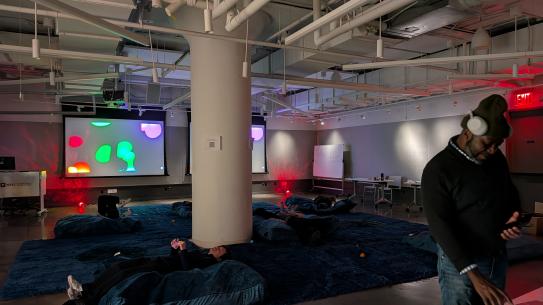Professor Garetz's research contributes to a new crystallization technique

A discovery by Polytechnic Institute of NYU Professor [USER:337|profilelink] and his colleagues has contributed to a new technique scientists at the University of Edinburgh have developed that allows researchers to use pulses from low-intensity lasers to grow single crystals on demand.
The technique, as reported in Chemical & Engineering News, “could be used to control the structure of semiconductor materials or make life easier for chemists who want to do diffraction experiments.”
Professor Garetz and his team first published research in which they observed that lasers could cause supersaturated urea solutions to crystallize — a technique called nonphotochemical laser-induced nucleation (NPLIN) — in 1996.
At the time Professor Garetz’s work was published, “I was doing a Ph.D. on completely different stuff, so this was filed under curious things that I had to have a go at myself one day," said Andrew J. Alexander who led the new study.
What does Professor Garetz think of the new findings? The article quotes him as saying, "While the reported spatial and temporal control of nucleation is very impressive, there are still several mysteries about NPLIN that need to be resolved.”
Read the original article: Lasers Spark Crystal Growth



